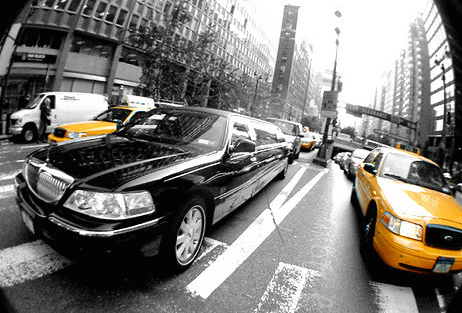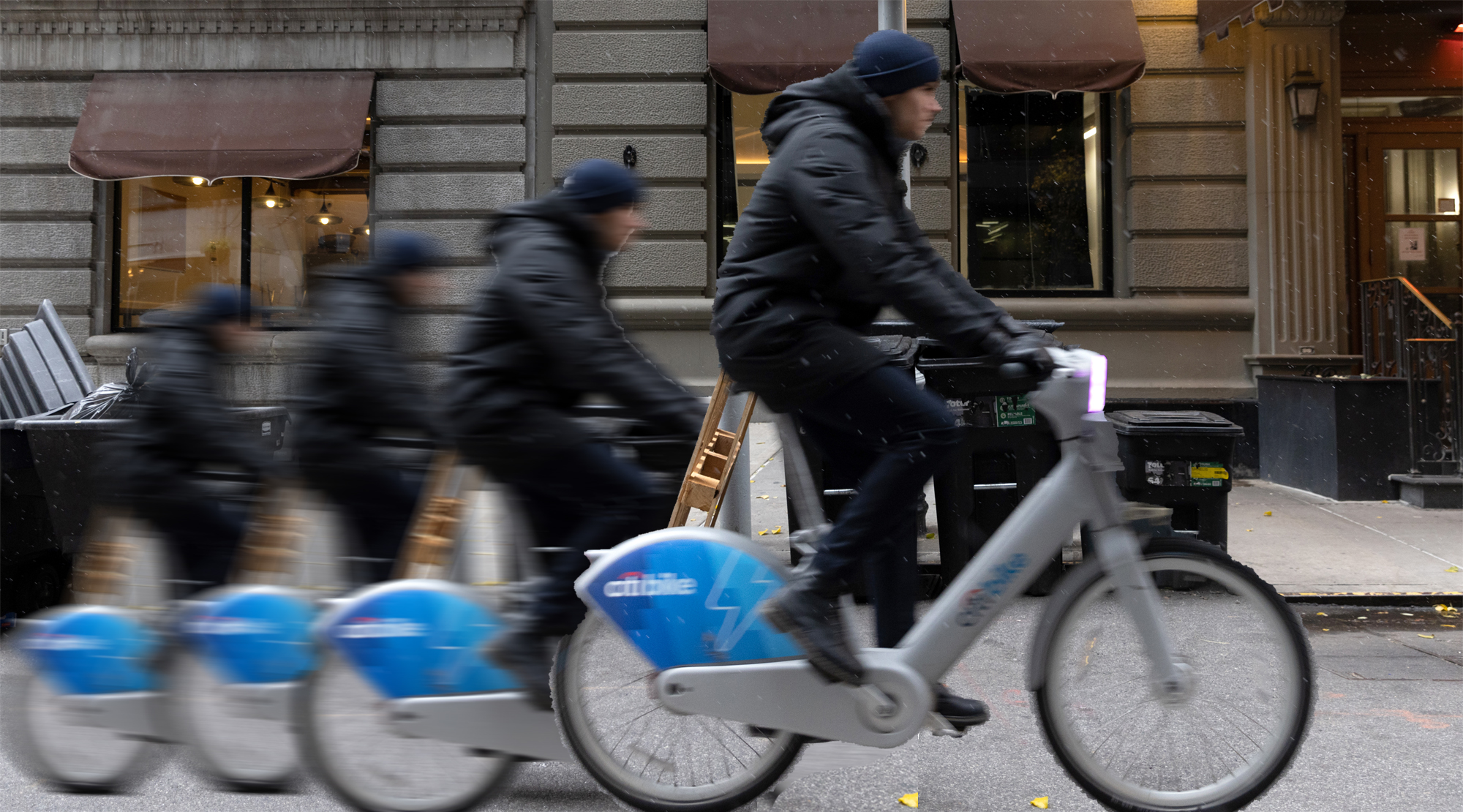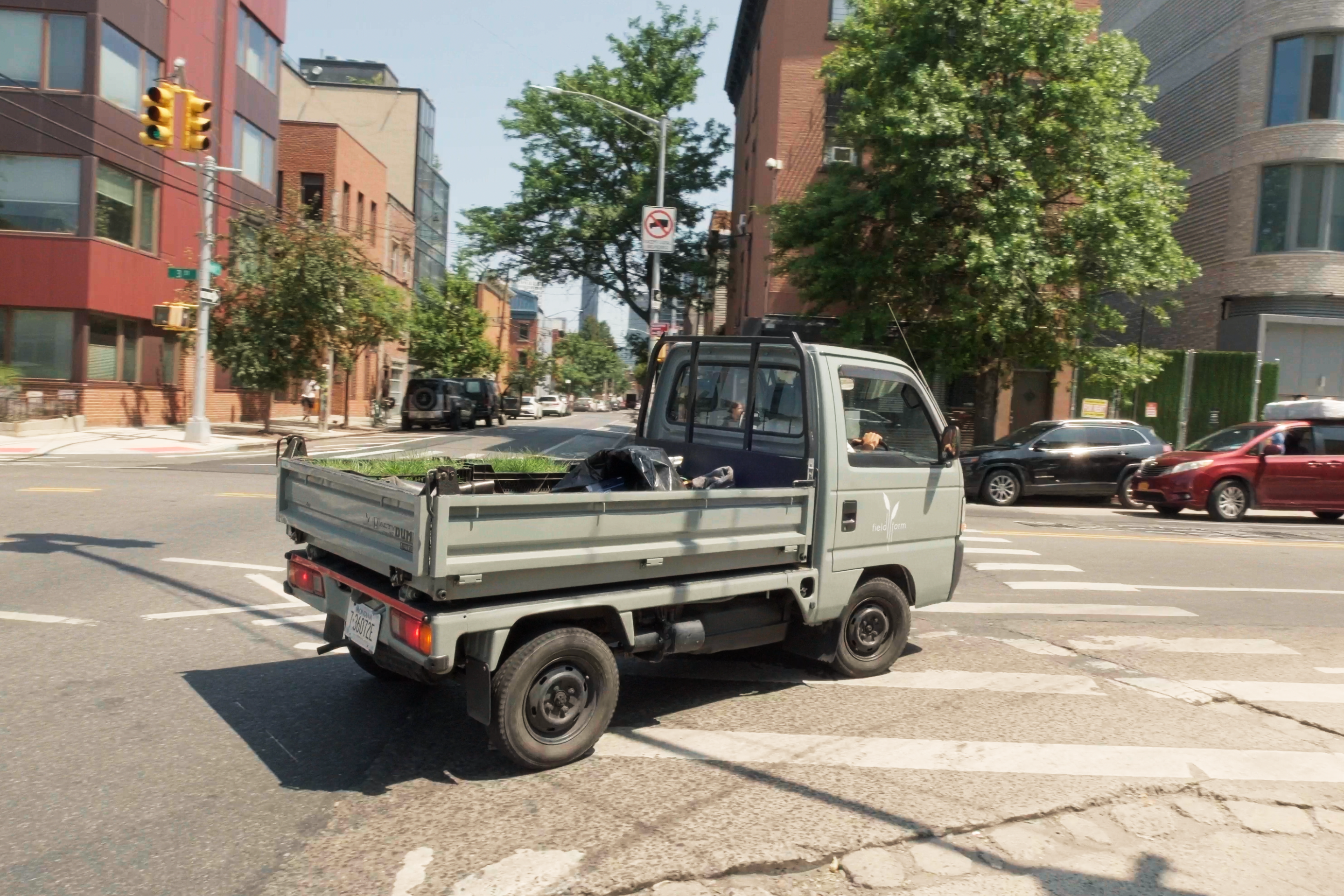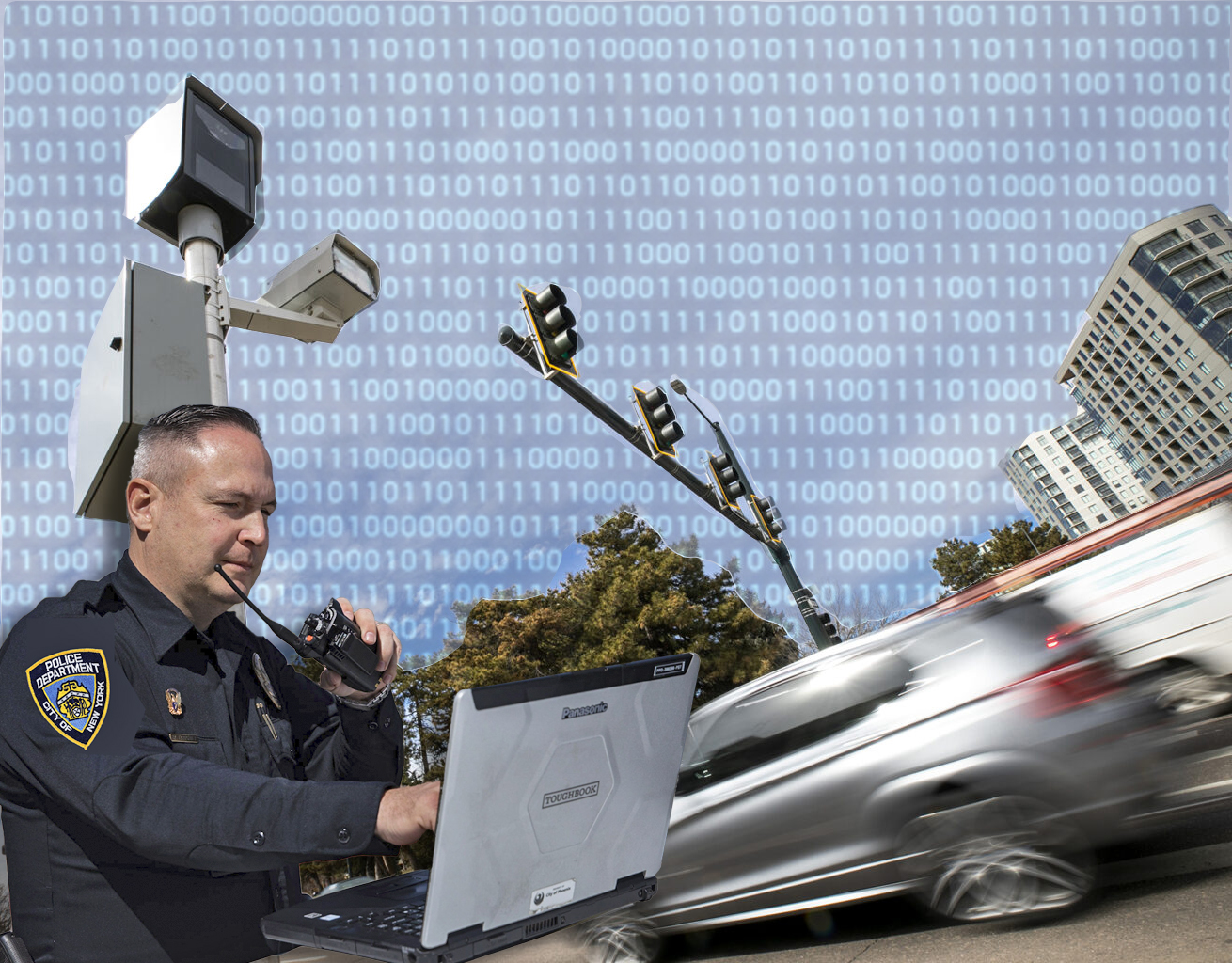The Taxi and Limousine Commission unanimously approved new rules this morning that require ride-hailing companies like Uber and Lyft to provide the city more detailed trip data, including drop-off locations [PDF].
The TLC previously collected pick-up time and location data from ride-hail companies, but not destination data. With a clearer picture about where trips start and end, public officials can better understand the companies' effect on the transportation network and make informed decisions about how to regulate traffic and provide transit service, as former NYC DOT commissioner Janette Sadik-Khan argued in the Daily News today.
The rule change requires for-hire vehicle bases, meaning companies like Uber and Lyft as well as smaller livery car services, to disclose to the city approximate drop-off data -- date, time, and location -- as well as whether the ride is "shared" à la Uber Pool or Lyft Line.
The rule is intended to help the TLC track driver hours and fatigue, as well as complaints about reckless driving, but the destination data will also give policy makers a better grip on ride-hailing travel patterns. With the rapid surge in ride-hailing trips, this data is becoming increasingly critical to understanding how people are getting around the city. The rule stills fall short, however, of the complete trip GPS data that yellow taxis are required to provide.
Uber and Lyft have resisted giving up pick-up and drop-off data in New York and other cities. The companies contested the TLC rule on privacy grounds, saying precise locations of pick-ups and drop-offs could be used to identify riders. Public Advocate Letitia James came out against the rule yesterday afternoon using the same argument, suggesting the information could end up in the hands of hackers or the Trump administration.
But TLC Commissioner Nora Marino clarified today that the rule allows but does not require precise location information. Livery bases can instead provide the nearest intersection to the pick-up or drop-off location. The decision rests with the ride-hailing company. The city will only make neighborhood-level data available to the public, according to a TLC spokesperson.
"There’s really no threat there regarding people’s privacy," Marino said.
The TLC rule could set an important precedent for other American cities. Ride-hailing trip data is incredibly valuable to city transportation planners, as TransitCenter described last year in its "Private Mobility, Public Interest" report [PDF], and New York's example could help more local governments win similar fights with Uber, Lyft, and similar companies.






